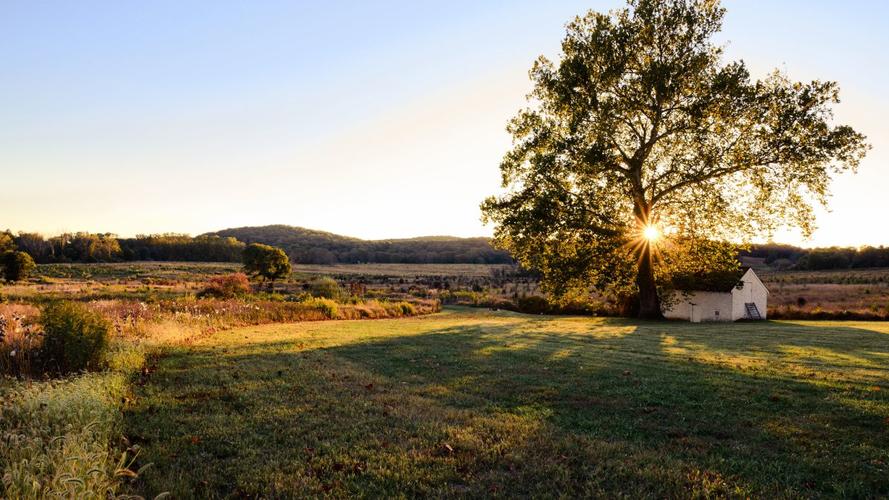Traditional cultural landscapes have a deep-rooted significance that is often overlooked in modern society. These landscapes are a reflection of a community’s history, heritage, and connection to the land. They are defined as places where natural and cultural values are interwoven and where humans have interacted with the environment for generations. In this article, we will discuss the importance of traditional cultural landscapes and how they can be preserved for future generations.
Traditional cultural landscapes are a form of art that is created by the interaction between humans and their environment. Each landscape has its unique story, which incorporates knowledge and practices that have been passed down for generations. They also provide a sense of identity and continuity to those who live within their boundaries.
These landscapes offer a range of ecological, economic, social and cultural benefits. They play an essential role in the conservation of biodiversity and biological resources. Furthermore, they support traditional livelihood systems, boost tourism, and facilitate environmental education. Traditional cultural landscapes also foster a sense of community and belonging among its residents, and can be a source of inspiration for artists and writers.
Despite the value of traditional cultural landscapes, they are facing growing threats from modernization, urbanization, and industrialization. Their destruction and degradation threaten the livelihood of millions of people, and lead to the loss of cultural diversity and social cohesion.
Hence, the need for the preservation of these landscapes has become essential. There are various ways in which traditional cultural landscapes can be conserved. These include the involvement and participation of local communities in the management of these landscapes, integrating traditional knowledge with scientific knowledge, and the use of digital technologies such as GIS mapping.
For instance, UNESCO launched a program called “The Globally Important Agricultural Heritage Systems (GIAHS)” to preserve traditional farming systems in regions worldwide. The GIAHS approach provides a framework to identify, plan, and promote sustainable agricultural heritage systems. It recognizes and supports landscapes of significant ecological, cultural, and rural livelihood value.
In conclusion, traditional cultural landscapes have a profound impact on our communities and our ecosystem. They are essential for preserving traditional cultural practices, and the knowledge of past generations. However, their conservation requires collective efforts from the government, nongovernmental organizations, local communities, and individuals. We must strive to conserve these landscapes for future generations.
(Note: Do you have knowledge or insights to share? Unlock new opportunities and expand your reach by joining our authors team. Click Registration to join us and share your expertise with our readers.)
